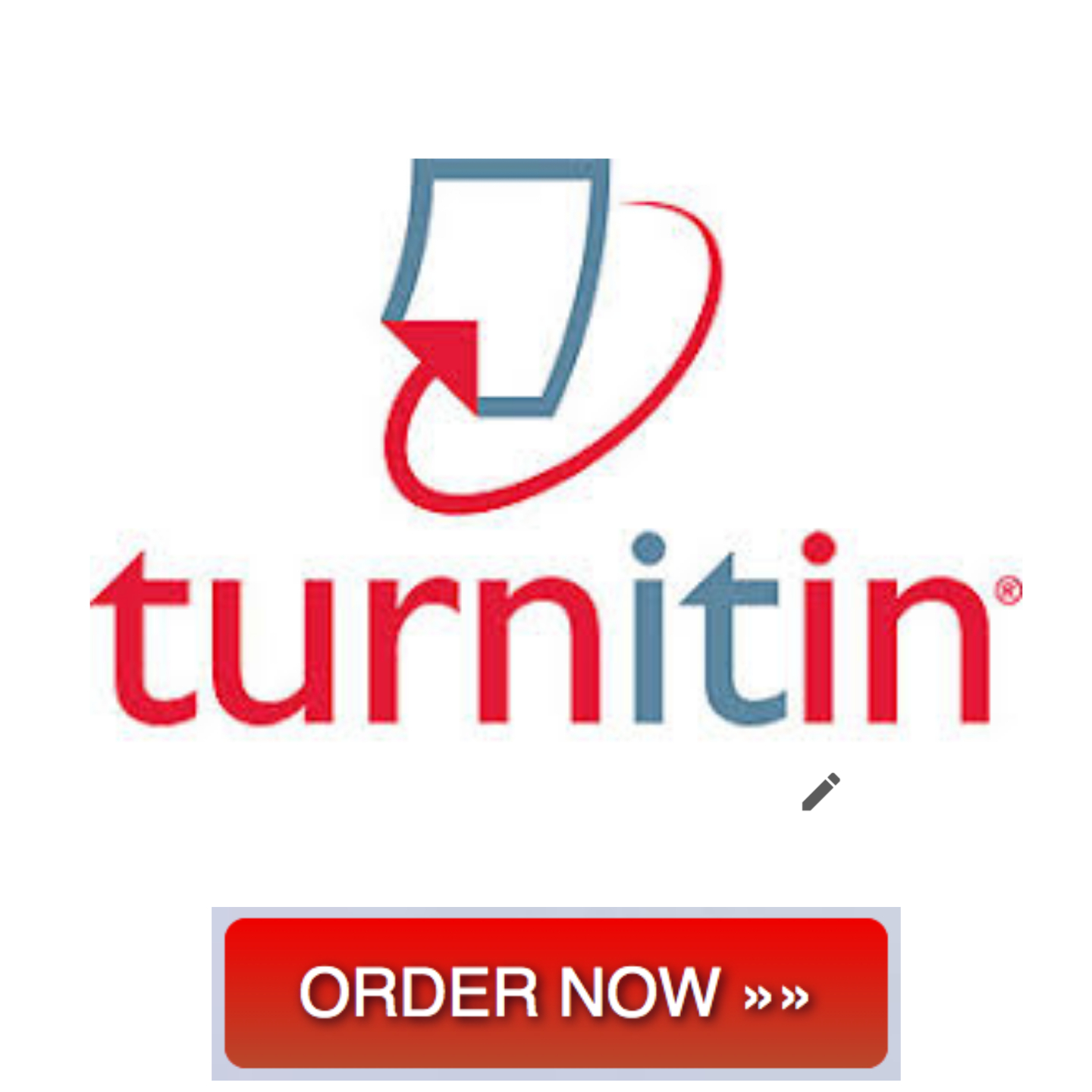Strategies for building teams to improve patient-centered care
Strategies for building teams to improve patient-centered care
INTRODUCTION: Healthcare is a complicated system with unique economic processes, regulatory requirements, and quality indicators that are not found in traditional business settings. So, it’s important for leaders at any level in the healthcare industry to learn new skills related to organizational leadership and interprofessional team development.

Strategies for building teams to improve patient-centered care
As the healthcare industry gets more complicated, it is important to understand the comprehensive approach to managing patient care across the continuum and how the ideas of organizational leadership and team development help leaders create an environment that is focused on the patient.
The goal of this assessment is to give you a way to experience and understand the unique leadership concepts in healthcare, as well as to help you understand how business and regulatory requirements affect patient-centered care. You will use a system theory or a change theory, self-assessment tools, and team development ideas to come up with a plan to improve care that is focused on the patient. Using concepts and theories of leadership, you will make sure that the way healthcare is delivered is sustainable in an ever-changing system that takes into account future trends, evidence-based practice, and the growth of regulations.
Strategies for building teams to improve patient-centered care
For this evaluation, you will use the attached “Patient-and Family-Centered Care Organizational Self-Assessment Tool” to figure out how patient- and family-centered the healthcare setting is. This form will help you figure out what this healthcare setting does well and what it could do better in terms of patient-centered care. You will make a plan to improve patient-family-centered care based on your analysis.
Strategies for building teams to improve patient-centered care REQUIREMENTS
The work you send in must be your own. Even if the source is cited correctly, no more than 30% of the submission as a whole and no more than 10% of any one source can be directly quoted or closely paraphrased. When you turn in your work, you get a report on its originality that you can use as a guide.
You must use the rubric to guide how you make your submission, since it has detailed criteria that will be used to judge it. Each of the requirements below can be judged in more than one way. The titles of the rubric’s parts may have links to relevant parts of the course.
To pass this task, you need to be good at professional communication. Before turning in your final work, you should definitely check it for spelling and grammar.
Note that you shouldn’t include any information that could be seen as private, secret, or confidential. Do not include people’s real names or other information that could be used to find out who they are. The names should be made up. Also, agency-specific information, like financial information, shouldn’t be included. Instead, the topic should be talked about in a general way, as needed.
A. Analyze how business practices, regulatory requirements, and reimbursement affect patient-family-centered care in a healthcare organization.
B. Fill out the “Patient-and Family-Centered Care Organizational Self-Assessment Tool” (PFCC) for a healthcare organization.
Note: The PFCC tool is a subjective way to evaluate the organization you have chosen.
1. Describe the healthcare setting you used for the PFCC.
Note: Please list the type of facility, the services it offers, and the different groups of people of different races that it helps.
2. Using the completed PFCC tool, explain what the organization does well and what it could do better in each domain.
C. Pick one weakness from the list in part B2 that needs to be fixed.
1. Make a plan to improve the organization’s focus on the patient by addressing the weakness you chose in Part C. a. Explain how you would use either system theory or change theory to create your plan to address the weakness you chose.
The strategy should include how to build a team of people from different fields and how to improve care that is patient- and family-centered.
2. Talk about how this strategy will affect your finances.
3. Talk about how you will figure out how well your strategy is working.
Strategies for building teams to improve patient-centered care
D. Form a team with members from different fields by picking:
• Possible team members who will help you carry out the plan; • What each team member’s job is.
1. Talk about how having people from different cultures on the team helps care that is patient-centered and culturally competent.
2. Using one of the following theories of leadership, talk about the style of leadership you would use to build your team:
Transactional leadership, transformational leadership, emotional leadership, and traditional leadership are the four types of leadership.
3. Talk about how the team will work together to carry out the plan to fix the problem found in part C1.
4. Explain how the team will let the healthcare organization know about the strategy it has chosen and the results it hopes to achieve.
5. Explain a specific tool you could use to help the team learn how to evaluate itself.
E. Give credit to the source of content that is quoted, paraphrased, or summed up by using APA-style in-text citations and references.
Related Posts:
- Patient-Centered Portals Improving Primary Care
- AACN Essentials Self-Assessment And Patient-Centered Care
- We Can, But Dare We? As healthcare providers, we look more and more to technology to improve patient outcomes, streamline operations, and lower costs. Sometimes, technology can be used in ways that have ethical, moral, and legal considerations too. You will be writing about the use of personal devices and social media and its use in healthcare.
- Experiment 1: Design An Experiment LAB
- Contemporary Curriculum Design and Development in Nursing Education
- Week 1 Primary Care Journal NURS 6565- Synthesis in Advance Practice Care of Complex Patients in Primary Care Settings
- Patient education methodologies and Role of DNP nurse making a difference in the quality and delivery of patient education in Clinical Practice


